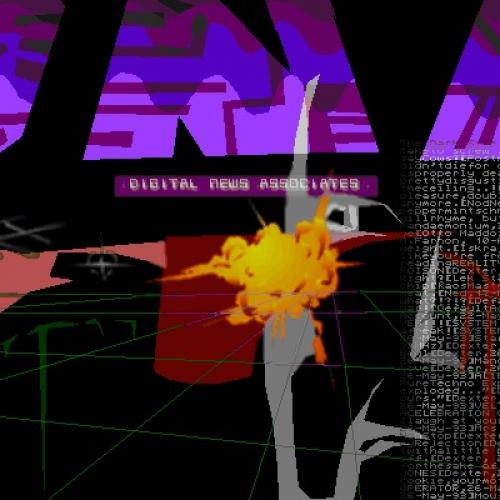Copy Link
Add to Bookmark
Report
Anarchy n Explosives 02

ANARCHY 'N' EXPLOSIVES
=====> VOLUME 2 <=====
This volume defines a few varieties of misc explosives, charges, and
whatever I had in mind at that time. Anyway, these formulas are not
as precise in measurements for they were given in brief summary.
However, they will work, and if used correctly can be safe and "fun".
FRENCH AMMONAL:
-------------------
Type: Low Explosive
Ingredients: 86% Ammonium Nitrate
6% Stearic Acid
8% Aluminum Powder
Description: French ammonal is an easily improvised low explosive
mixture. It is generally less effective than an equal
weight of TNT. The material is loaded by pressing it into
a suitable container. Initiation by an Engineer's special
blasting cap is recommended.
Comments: This material was tested. It is effective.
References: TM 31-201-1, Unconventional Warfare Devices and Techniques,
para 1401.
TETRYTOL:
-------------
Type: High Explosive
Ingredients: 75% Tetryl
25% TNT
Description: Tetryol is a high explosive bursting charge. It is used as
a demolition explosive, a bursting charge for mines, and
in artillery shells. The explosive force of tetrytol is
approximately the same as that of TNT. It may be initiated
by a blasting cap. Tetrytol is usually loaded by casting.
Comments: This material was tested. It is effective.
References: TM 9-1900, Ammunition, General, page 55.
TM 9-1910, Military Explosives, page 188.
IMPROVISED PLASTIC EXPLOSIVE FILLER:
----------------------------------------
Type: High Explosive
Ingredients: Finely Powdered Potassium Chlorate Cdata bstals
Petroleum Jelly **MIX THOUROUGHLY**
Description: This plastic explosive filler can be detonated with a
No. 8 commercial blasting cap or with any military
blasting cap. The explosive must be stored in a waterproof
container until ready to use.
Comments: This material was tested. It is effective.
References: TM 31-210, Improvised Munitions, sec I, No. 1.
FLAMABILITY OF GASES:
-------------------------
Type: Gas Explosive
Ingredients: Explosive Gas
Description: Under some conditions, common gases act as fuel. When mixed
with air, they will burn rapidly or even explode. For some
fuel-air mixtures, the range over which the explosion can
occur is quite wide while for others the limits are narrow.
The upper and lower amounts of common fuels that will cause
an ignitable mixture are shown in the table below. The
quantity shown is the percentage by volume of air. If the
fuel-air mixture is too lean or too rich, it will not
ignite. The amounts shown are therefore called limits of
inflamability.
Gases (% by volume of air)
Fuel (Gas) Lower Limit Upper Limit
------------------------------- ----------- -----------
Water Gas Or Blue Gas 7.0 72
Natural Gas 4.7 15
Hydrogen 4.0 75
Acetylene 2.5 81
Propane 2.2 10
Butane 1.9 9
Comments: These fuels have been tested under labratory conditions.
They are effective. Ignition depends on method of
initiation, uniformity of mixture, and physical conditions.
References: Bulletin 29, Limits of Inflammability of Gases and Vapors
H.F. Coward and G.W. Jones, Bureau of Mines, U.S.
Government Printing Offece, 1939.
!!!WARNING!!!
! USE THESE FORMULAS AND OTHER FORMS OF ANARCHY/EXPLOSIVES AT YOUR OWN RISK !
More volumes of ANARCHY soon to come.......
===> DOCTOR DISSECTOR
---------------------------------------













